Mechanical Engineering
Emulsions reveal their family secrets
Capturing the hidden details of coalescence cascades that connect bubbles and droplets may improve oil extraction practices.
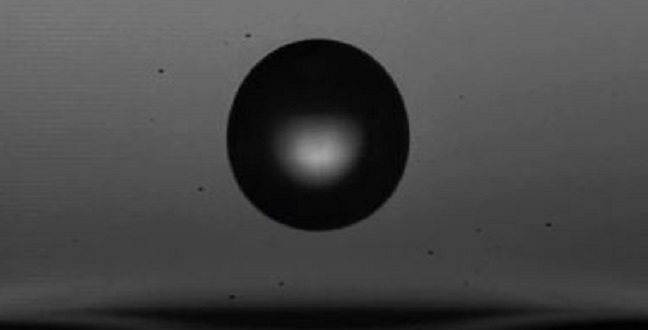
Water pumping can enhance recovery of oil from dormant reservoirs, but this technique is undermined when oil and water droplets start forming immiscible emulsions. By combining high-level simulations with ultrafast photography, KAUST researchers have now detailed how tiny ‘satellite’ droplets and bubbles contribute to emulsification problems1.
Emulsions can be removed by promoting coalescence, a fundamental process during which small substances merge into larger entities. However, droplets often undergo only partial coalescence when they meet. For example, when a smaller ‘mother’ attempts to enter into a bigger ‘father’ droplet, a satellite droplet that is about half the size of the mother is ejected. The presence of these satellites significantly increases the time needed to fully separate water and oil phases.
Siggi Thoroddsen from KAUST’s Physical Science and Engineering Division has pioneered efforts to visualize coalescence cascades, the fast-moving, repeating sequences that happen as droplets bounce, dance and pinch off during coalescence.
Thoroddsen and co-authors from the University of California have now developed a model that can predict satellite size and formation rate for a range of environmental conditions.
The researchers used a high-speed camera to record interactions between bubbles of xenon gas inside a water-filled pressure cell. After observing that bubbles form abnormally small satellites — only 10 percent of the mother’s original size — they gradually increased the pressure in the cell. This changed the gas density and made the bubbles behave progressively more like droplets. By analyzing coalescence under these variable pressures, the team aimed to find the universal factors that cause satellite ejection.
“The dynamics here are a quite subtle interplay between inertia and surface tension,” explained Thoroddsen. “Constructing a successful model that describes both droplets and bubbles was only possible by combining the experiments in the pressure chamber with numerical simulations.”
This joint approach revealed that the satellite size is largely determined by interactions in the narrow neck region where droplets or bubbles connect. Bubbles with greater density contacted each other with greater force in this zone and generated “capillary waves,” or ripples on the mother bubble that can pinch off ever-bigger satellites.
The team next plans to invert the experiment by using water droplets suspended in xenon gas to attempt to spot theoretically predicted vortices in action. Simulating more realistic emulsions is also a key goal.
“As this work is quite relevant to the petrochemical industry, we would like to investigate conditions that include surfactants, which are often present,” said Thoroddsen.
References
- Zhang, F. H., Thoraval, M.-J., Thoroddsen, S. T. & Taborek, P. Partial coalescence from bubbles to drops. Journal of Fluid Mechanics 783, 209-239 (2015). | article
You might also like
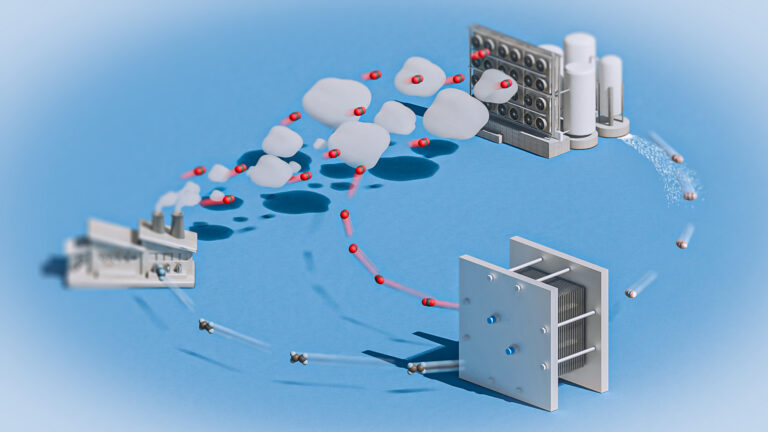
Mechanical Engineering
Electrocatalytic CO2 upcycling excels under pressure
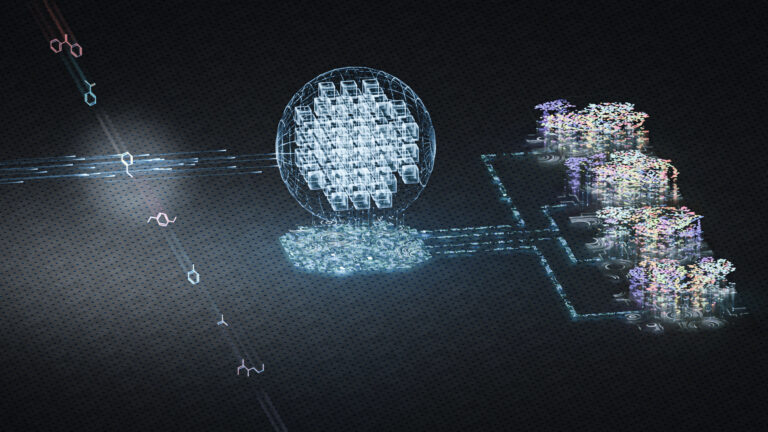
Chemical Engineering
Rethinking machine learning for frontier science
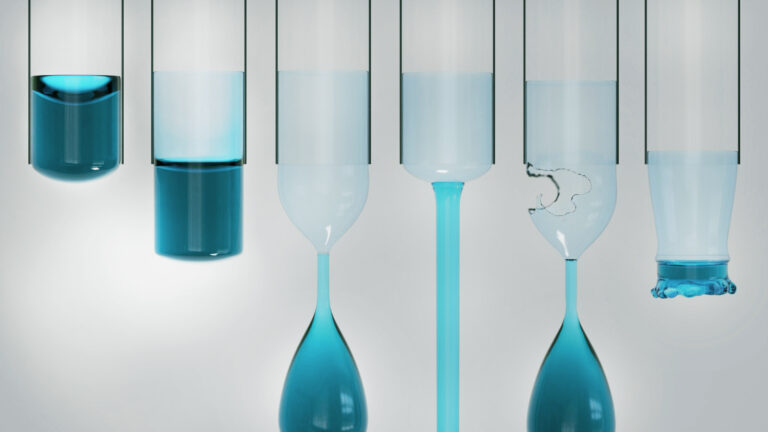
Mechanical Engineering
Falling water forms beautiful fluted films
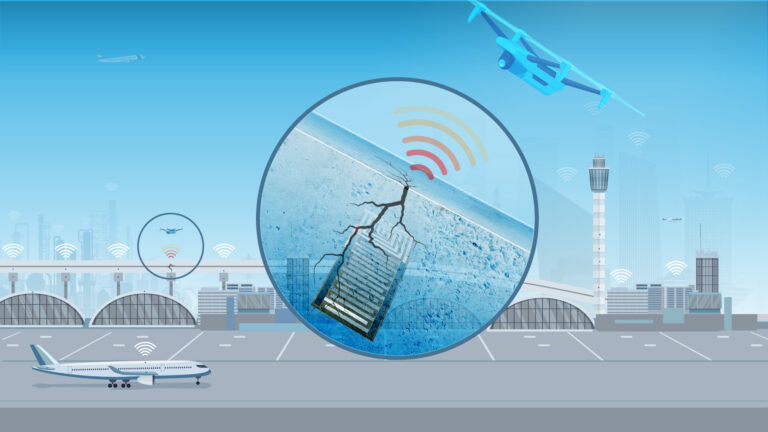
Mechanical Engineering
Innovative strain sensor design enables extreme sensitivity
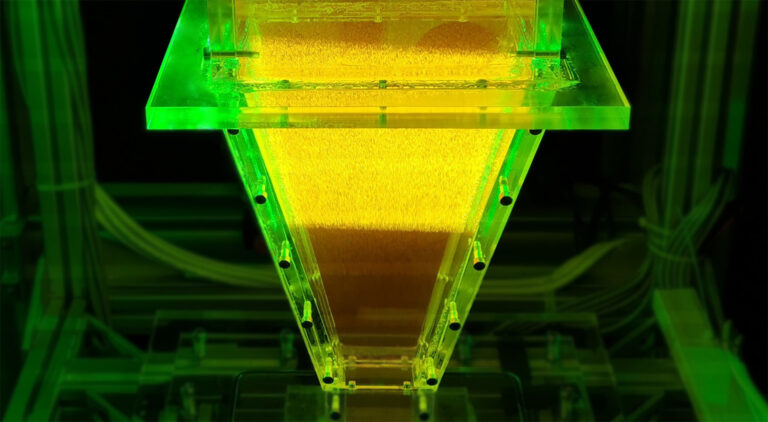
Mechanical Engineering
Turbulent flow shows surprise patterns that could help boost efficiency
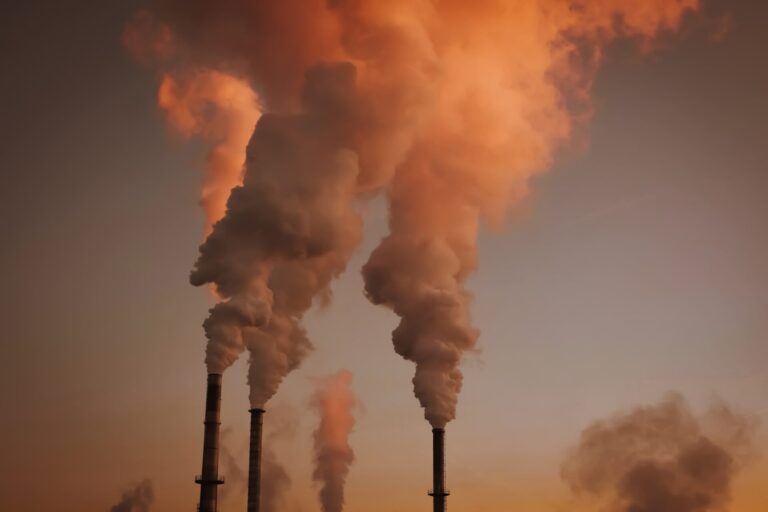
Mechanical Engineering
Machine learning model identifies gas molecules
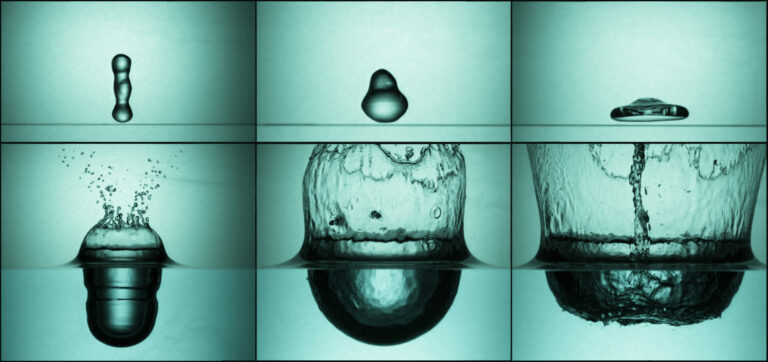
Mechanical Engineering
Making a splash: unraveling the impact of large water droplets
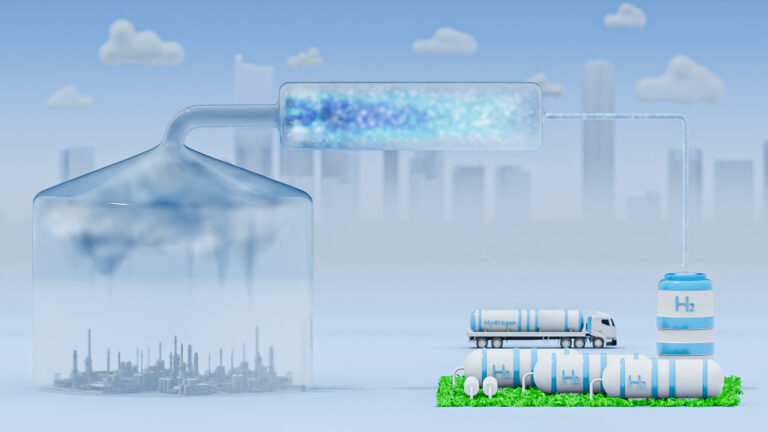
Mechanical Engineering



